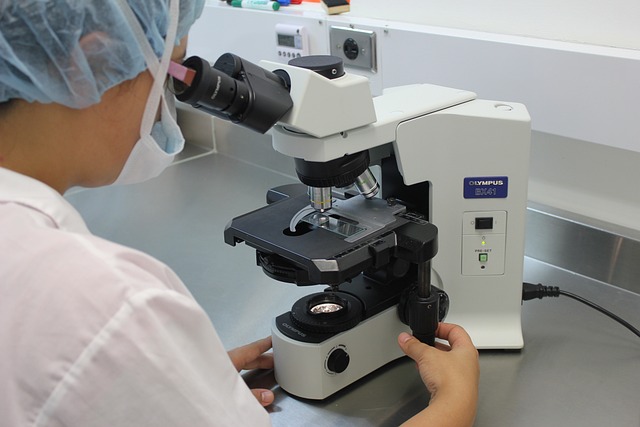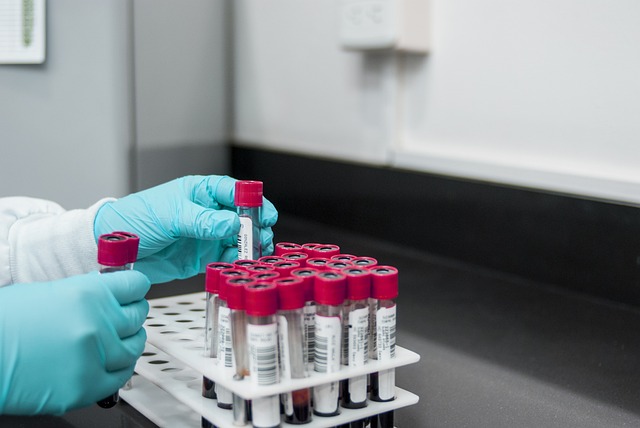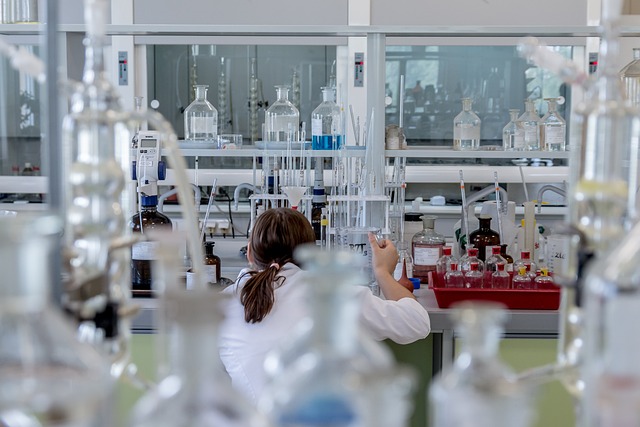The Power of Protein Biomarker Discovery

15 August 2023
In this article we’ll delve deep into understanding Olink proteomics, its pros, and the nuances of the technology behind it.

What is Olink Proteomics?
Simply put, Olink proteomics is a method of studying proteins at a large scale to understand their functions, interactions, and changes in specific diseases or conditions. It brings the big world of proteins under the lens, illuminating intricate cellular processes.
What is Olink Technology?
The Olink technology is a distinct and advanced tool that facilitates the analysis of multiple proteins simultaneously, making it an invaluable asset in the proteomics area.
What Does Olink Proteomics Do?
Olink proteomics primarily focuses on screening proteins to identify potential biomarkers. These biomarkers can be pivotal in diagnosing diseases, predicting disease progression, and tailoring therapeutic strategies.
Description of the Process
The Olink process involves a series of intricate steps:
- Immuno Reaction: A specific antibody binds to the target protein.
- Extension Reaction: DNA oligonucleotides are attached to the antibodies.
- Pre-amplification: The DNA oligonucleotides are amplified.
- Detection and QC: Proteins are then detected based on these oligonucleotides.
- Generation of NPX (Normalized Protein eXpression): This is a unique feature of Olink, providing accurate and scalable data.
Advantages of Olink
Why has Olink caught the attention of many in the scientific community? Here’s why:
- High throughput: Analyze multiple proteins in a single run
- Precision: Offers high specificity and sensitivity
- Scalability: Suitable for large-scale studies
- Comprehensive: Covers a vast array of proteins

Protein Biomarker Screening Using Olink Proteomics Panels
Olink proteomics panels are essentially a set of selected proteins that are analyzed together for specific research needs. These panels streamline protein screening for biomarker discovery, optimizing the process for efficiency and accuracy.
What is Immunoassay?
An immunoassay is a technique that uses antibodies to detect the presence of specific proteins in a sample. It’s important in the world of proteomics.
How Does an Immunoassay Detect?
Immunoassays rely on the binding affinity between an antibody and its target protein. Once binding occurs, it can be detected through various means such as fluorescence, radioactivity, or color change.
Understanding Assays
An assay is essentially a test. In the context of proteomics, it’s a procedure for detecting or measuring a specific protein in a sample. The term underscores precision, reliability, and repeatability.

Identifying a Biomarker Using Proteomics Techniques
Proteomics offers the tools to sift through thousands of proteins to pinpoint potential biomarkers. Techniques such as mass spectrometry, protein arrays, and Olink proteomics can elucidate protein levels, modifications, and interactions.
How Proteomics Data Can Be Used for Biomarker Identification?
Proteomics data, once processed and analyzed, can highlight patterns and aberrations. This information is instrumental in narrowing down potential biomarkers, especially when looking for changes related to specific diseases.
The Three Types of Proteomics
- Structural Proteomics: Focuses on the 3D structure of proteins.
- Functional Proteomics: Studies protein interactions and networks.
- Expression Proteomics: Examines differential expression of proteins across various conditions.

In conclusion, Olink proteomics is reshaping the landscape of protein research, especially in the realm of biomarker discovery. As you navigate the vastness of proteins and their implications, technologies like Olink are indispensable. Dive deep, explore, and let Olink guide your protein journey.
For those keen on further exploring Olink proteomics and its potential applications, get in touch with Bioxpedia for a Olink laboratory research service.
Subscribe to our Awesome Newsletter.
